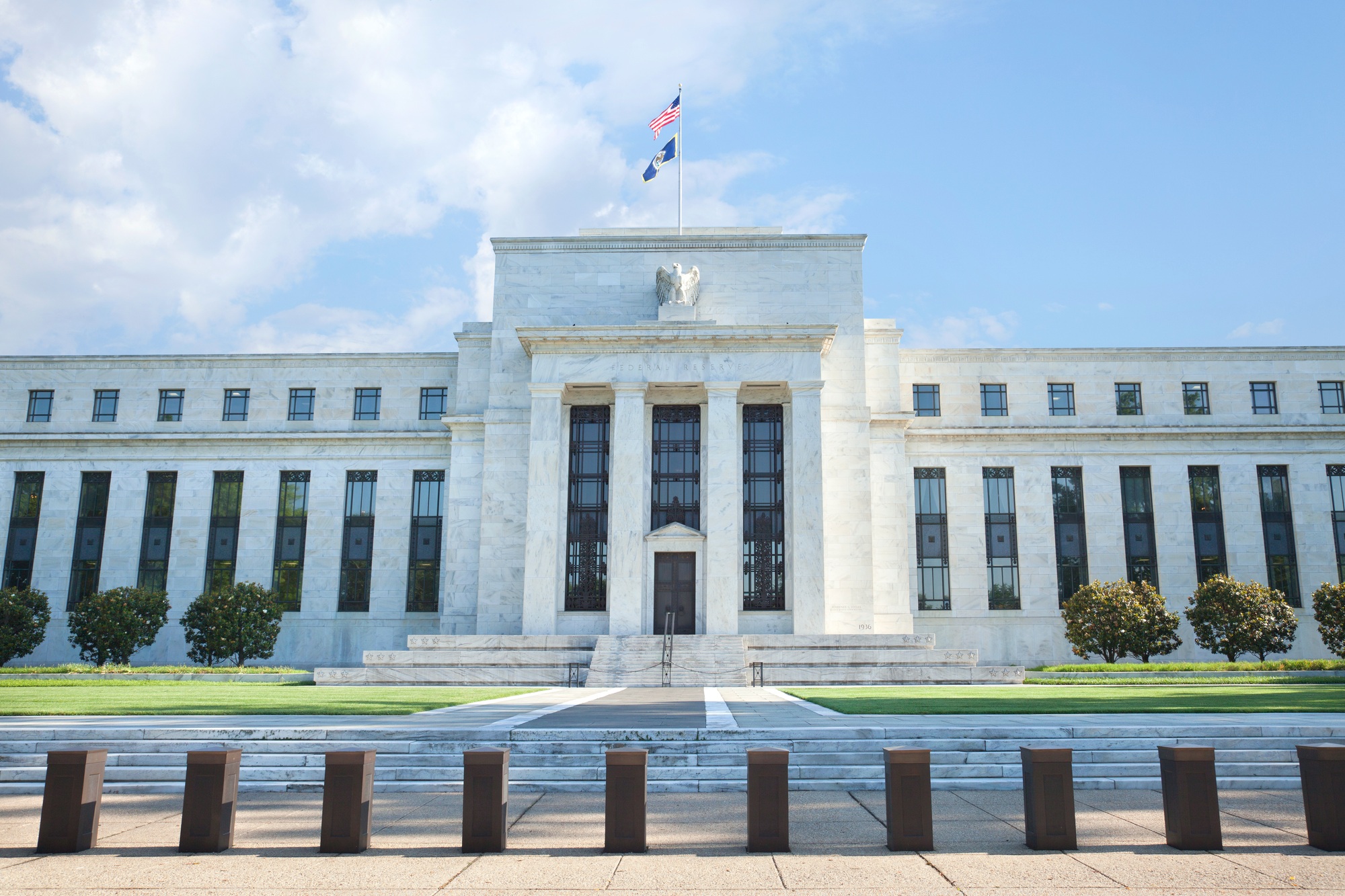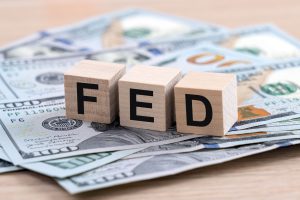President Donald Trump on Tuesday renewed his public criticism of the Federal Reserve, suggesting that one of its top officials — widely presumed to be Chair Jerome Powell — is “not really doing a good job.” While Trump avoided directly naming Powell during his remarks at a rally in Michigan, his tone and phrasing left little doubt about the intended target.
“You are not supposed to criticize the Fed; you are supposed to let him do his own thing, but I know much more than he does about interest rates, believe me,” Trump said to a crowd at Macomb County Community College. The comments mark the latest salvo in a long-running feud between the White House and the central bank, now intensified by diverging views on how to respond to an increasingly fragile economy.
Background: Trump’s Growing Frustration with the Fed
Trump’s renewed attacks follow remarks by Powell earlier this month warning that the administration’s aggressive tariff policy could stoke inflation and suppress growth — a position at odds with the White House’s repeated calls for pre-emptive rate cuts. Powell stated that the Fed would likely hold rates steady for now, citing ongoing economic uncertainties and the need for caution.
Trump quickly took to social media, calling Powell a “major loser” and referring to him as “Mr. Too Late,” while asserting that a slowdown was looming unless the Fed cut rates immediately.
Although Trump publicly stated last week he has “no intention” of firing Powell, speculation has persisted. According to White House economic adviser Kevin Hassett, the administration had internally reviewed whether it was legally feasible to remove the Fed chair, a move that would likely trigger a crisis of confidence in the central bank’s independence.
Markets React to Fed Tensions and Rate Speculation
Financial markets have responded cautiously to the mounting tensions between the executive branch and the Fed. After a sharp selloff in February and March, the market has stabilized in recent weeks amid expectations of tariff relief and the Fed’s patient stance on monetary policy.
However, Trump’s continued rhetoric could undermine those stabilizing signals. “The president is creating a confusing narrative,” said Laura Rowe, chief economist at Aurora Capital. “He wants to reassure investors while attacking the very institution tasked with calming markets.”
What’s Next: Inflation Data and Fed Meeting Loom
Investors and economists will be closely watching new inflation and GDP data expected Wednesday morning, which could shape sentiment heading into the Fed’s May 6–7 policy meeting. Powell and his colleagues have indicated that they remain data-dependent, emphasizing that while inflation remains persistent in some sectors, broader conditions call for restraint.
Many Fed officials, including several voting members of the Federal Open Market Committee (FOMC), have backed Powell’s cautious tone, urging the Fed to avoid abrupt moves until there’s more clarity on growth and inflation trajectories.
Outlook: Pressure Builds on Both Sides
As Trump ramps up pressure on the Fed and seeks to link interest rates to his economic agenda and reelection prospects, the central bank faces a difficult balancing act. It must signal independence without appearing unresponsive to legitimate economic concerns.
Whether Trump’s criticism will have any effect on actual policy remains to be seen. For now, Fed watchers say the independence of the central bank remains intact, though political noise is rising.
“Attacks on Powell may not move the Fed,” said Danielle Hale, a former Fed economist. “But they add to the fog investors have to navigate — and that’s a risk in itself.”







